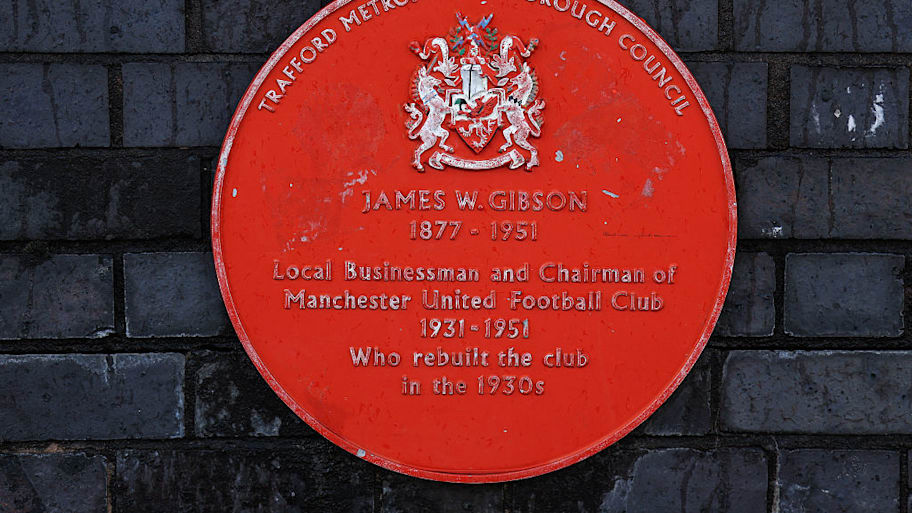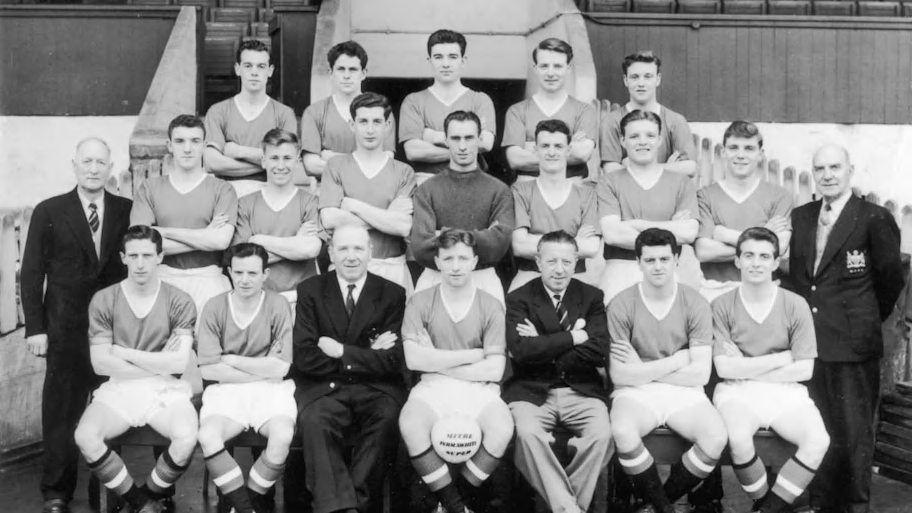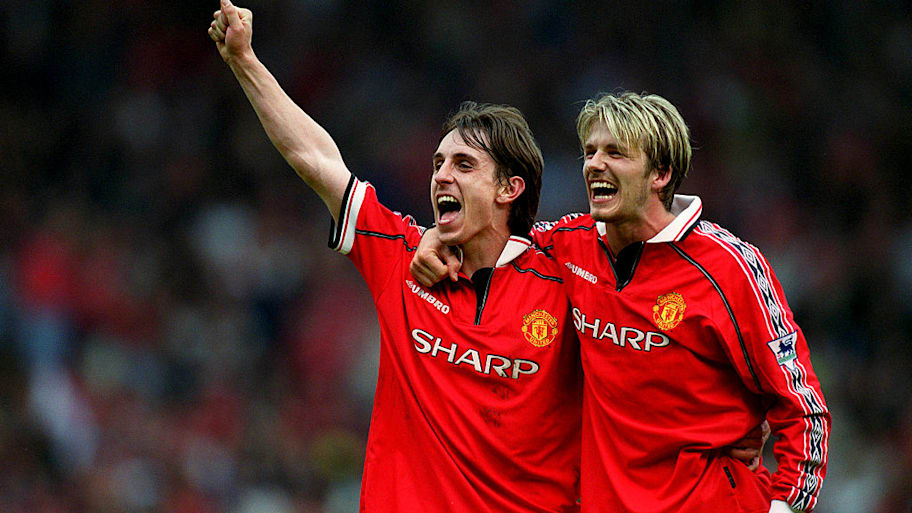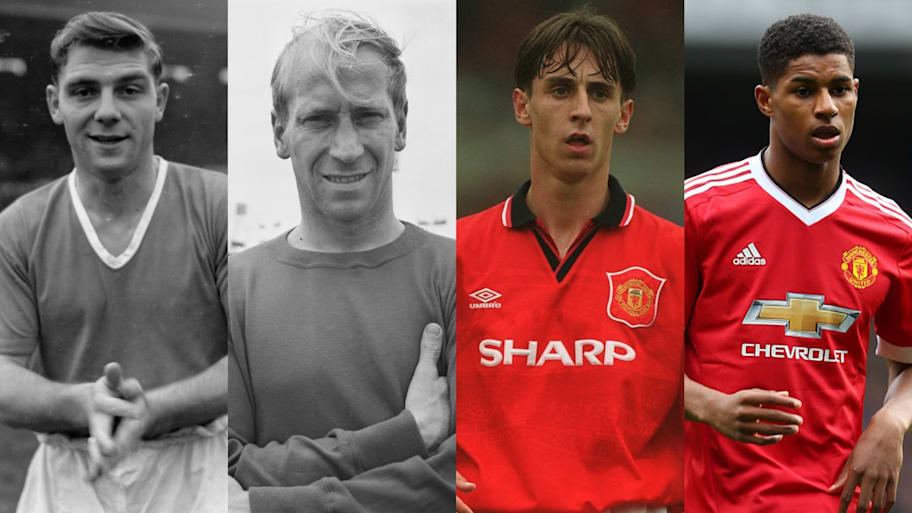The world was a very different place on October 30, 1937. But that is a date etched into football history because it marked the very first game in a run that continues to this day, whereby Manchester United have named a home-grown player in every single matchday squad since.
The last time United didn’t include one of their own was a week earlier than that, a long forgotten 1–0 win over Sheffield Wednesday at Old Trafford, less than two years before the world descended into global conflict for the second time within the space of three decades.
Starting with an otherwise unremarkable 1–0 defeat at Fulham’s Craven Cottage at the end of that October, United have now selected at least one home-grown player for more than 4,000 consecutive matches, spanning, as of October 30, 2025, an astonishing 88 years.
No other team can hold a candle to that kind of record, which is testament to the club’s dedication to discovering and developing young talent—many of whom went on to great things.
Manchester United Junior Athletic Club
Manchester United had existed as an institution in some form or other since 1878, originally named Newton Heath LYR FC and created for employees of the Carriage and Wagon Department of the Lancashire and Yorkshire Railway depot at Newton Heath in north east Manchester.
The club played its first top flight football in 1892, undergoing a name change to Manchester United a decade later after experiencing financial strife, and won two First Division titles (the equivalent to today’s Premier League) and an FA Cup across four seasons between 1907 and 1911. But the club struggled when competitive football resumed following the First World War and spent much of the 1920s and 1930s bouncing between the first and second tiers of English football.
At the same time, United’s finances were in a bad way, having lost wealthy benefactor John Henry Davies in 1927—the man who had saved them from extinction in 1902. On the verge of bankruptcy, local businessman James W. Gibson took control in 1931. It was ultimately the new owner who drove the creation of the Manchester United Junior Athletic Club (MUJAC) by 1938.

Reserve teams for second string players just below the first-team were already commonplace in English football, but United set up an ‘A’ team just a year after the 1931 takeover with the intention of giving local amateur players a platform in the Manchester League. For those young talents, it was effectively an opportunity to audition in the days long before formalised academy football.
Even before the creation of the ‘A’ team, United had been scouting young amateurs who could potentially be developed into first-team players. That was how Tom Manley, a versatile 17-year-old from Cheshire, joined the club in September of 1930. Seven years later and by then an established first-teamer, Manley was one of two ‘home-grown’ players, alongside Jack Wassal, who featured in the landmark game against Fulham. Neither had played in the game the week before, nor had any other home-grown talents. But it marked the start of what is now 88 years and counting.
MUJAC, created and overseen by Gibson and Walter Crickmer, who had two spells as manager in among 32 years of service as club secretary before being tragically killed in 1958’s Munich air disaster, was what kept a steady flow of first-team-ready young players coming thereafter.
On September 3, 1938, journalist Alf Clarke wrote in the Manchester Evening Chronicle: “History was created in Manchester United football circles today. This afternoon, there are no fewer than five United teams on duty. They are the senior side, Central League XI, ‘A’ team, MUJAC first team and MUJAC second XI...no club in the country is better served with junior players than Manchester United.”
Busby Babes
Scott Duncan had been manager when Manley and Wassal both played against Fulham on October 30, 1937. His 235-game reign was ultimately defined by two promotions, a relegation and another near miss that almost saw United drop into the third tier of English football, but he very much bought into the idea of developing home-grown players, and was all for the ‘A’ team project.
Duncan was gone before MUJAC’s launch, replaced by Crickmer, and it was another manager whose visionary influence took youth development to a whole new level after 1945: Matt Busby.
The term ‘Busby Babes’ has become synonymous with Manchester United and values that have continued to define the club and its philosophy in the decades since.
Youth scouting stepped up in the wake of the Second World War, and although the net had started in Manchester it was eventually cast further afield to unearth the best young players in the rest of Great Britain and the island of Ireland. So while United polished Manchester-born stars like Roger Byrne, Bill Foulkes, Dennis Viollet and Eddie Colman from the late 1940s into the mid-1950s, Duncan Edwards was discovered in the West Midlands, Bobby Charlton from up near Newcastle, David Pegg and Mark Jones in Yorkshire, and Liam Whelan in Ireland.

Busby’s new young team, most of whom were MUJAC graduates, replaced a group of ageing players who had delivered a league title in 1951–52, winning back-to-back championships in 1955–56 and 1956–57. They were flying the flag internationally too and it remains one of football’s great what ifs had the heart not been torn out of Manchester United by the events in Munich in 1958.
Still, United carried on, and the vision remained. Next came George Best, Nobby Stiles, David Sadler, Shay Brennan, Brian Kidd and John Aston Jr., all starters, alongside earlier ‘Babes’ Charlton and Bill Foulkes, as the club made history by lifting the European Cup in 1968.
Fergie’s Fledglings
When Busby retired, for the first time in 1969 and then permanently in 1971, Manchester United’s success waned. The youth team still produced, and FA Cup successes in the late 1970s and into the mid-1980s were underpinned by home-grown players like Sammy McIlroy, Arthur Albiston, Norman Whiteside and Mark Hughes.
Yet the appointment of an Alex Ferguson as manager in late 1986 sparked something more. At the same time as Fergie was rebuilding the first team in his image, enormous work was going on behind the scenes to revamp the youth system and get it producing the very best players once again.
Some started to drip through relatively quickly—Mark Robins was already on the books but made his debut in 1988 and is to this day credited with saving Ferguson’s job with an FA Cup goal in 1990.
The real fruits, permanently cementing United’s legacy as a club where talent is made, came off the back of FA Youth Cup success in 1992: the Class of ’92 as they collectively became known. Ryan Giggs was the senior talent, but Gary Neville, David Beckham and Nicky Butt all came through at the same time. Paul Scholes famously didn’t actually play in the 1992 final but was part of the same age group, while Phil Neville followed just a couple of years later. Between those six alone, 3,450 appearances for the club and an unbelievable 96 trophies, defining a Premier League era legacy and ultimately responsible for United’s status as England’s joint record champions.

When Will Man Utd’s Home-Grown Player Record End?
In theory, it never needs to. Having started in 1937, almost 30 years before even just one substitute was permitted in a matchday selection in English football—managers were able to name a bench consisting of a single player from 1965—it has been far more vulnerable in the past than now.
Into the early years of the Premier League era in the mid-1990s, bench size was still limited to only three players. That later increase to five, then seven. These days, a permanent legacy of the Covid-19 pandemic, a full matchday squad in the Premier League can be up to 20 players strong. Other domestic competitions have followed suit, with UEFA also permitting large selections.
It means that, even if no home-grown player commands a starting place at a given moment, there should always be enough scope to include at least one academy talent among the substitutes for no reason other than to preserve a unique piece of history.
Most Appearances by Man Utd Academy Graduates
READ THE LATEST MAN UTD NEWS, TRANSFER RUMORS AND MORE
This article was originally published on www.si.com as Man Utd’s Home-Grown Player Record: Red Devils Celebrate 88 Years of Unrivalled Feat.
